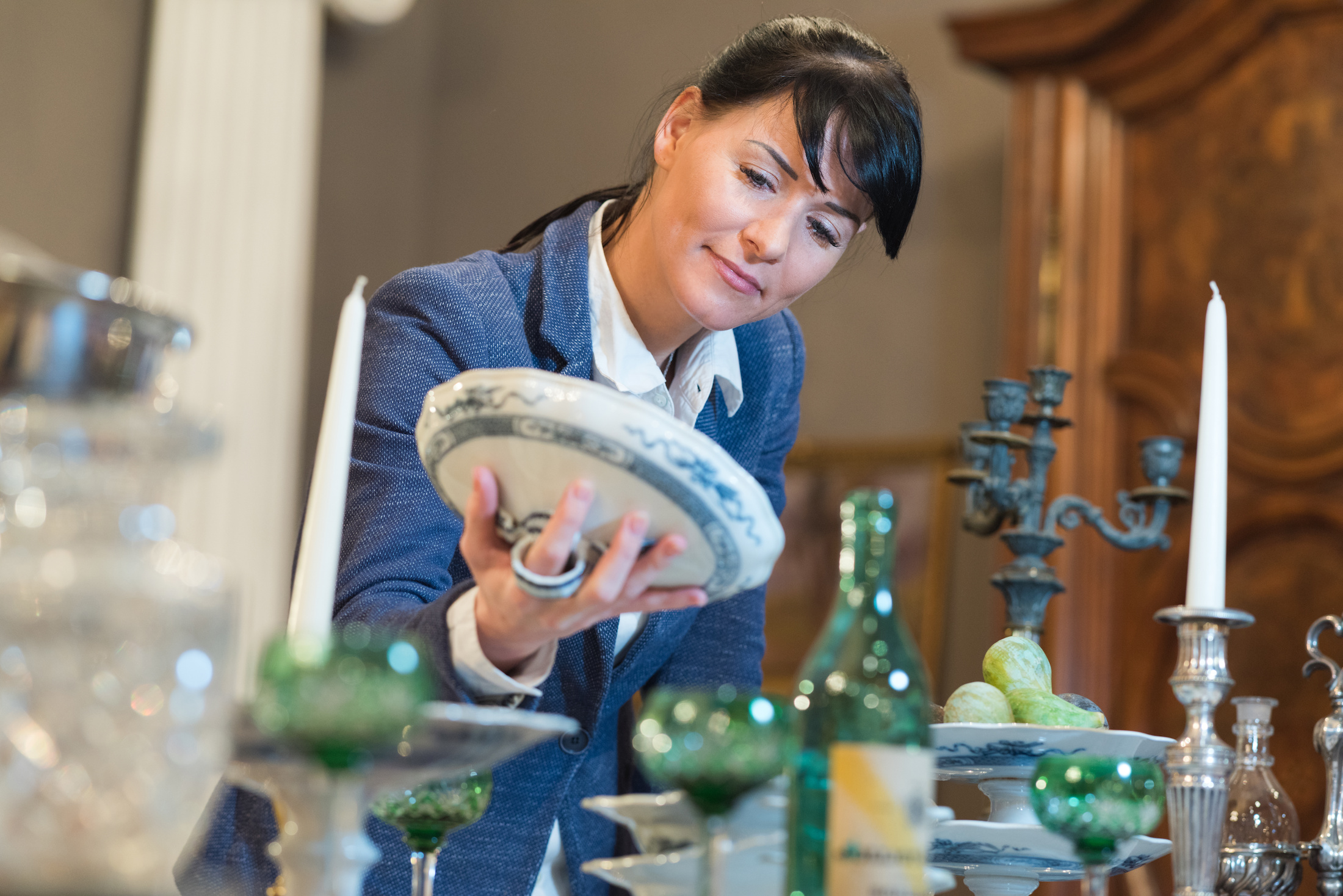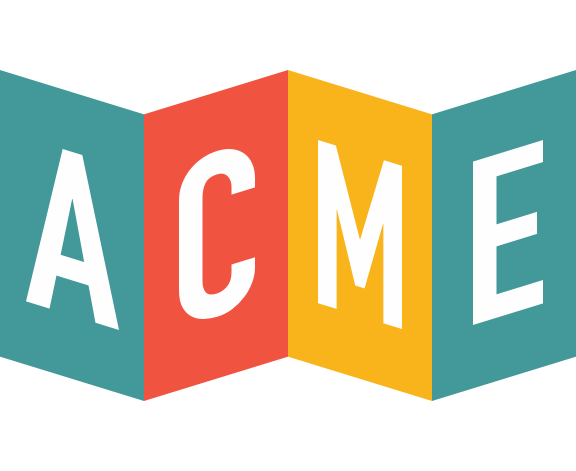
Museum Object Handling Guidelines
Maintaining a thorough and comprehensive object handling guideline is important to the maintenance of any museum. Not only can artifacts and exhibits be costly, they’re also treasured pieces of history, art, and culture that should be protected and preserved.
A comprehensive museum object handling guideline should set some basic best practices that will apply to most museums, regardless of the type of objects they’re displaying. Additionally, it should provide your staff and volunteers with the tools they’ll need for more specific tasks like labelling artifacts or working with sensitive historical objects.
This article will present everything you need to know about museum object handling guidelines.
Basic Museum Object Handling Guideline
Regardless of the kind of institution you’re running or the objects you come into contact with, there as some basic practices that you want to follow in your museum’s object handling guideline.
Some of these general rules include:
- Training all relevant staff, volunteers, and team members who are expected to handle museum objects.
- When handling museum objectives, especially sensitive objects, take your time and don’t rush.
- Identify an artifact or object’s weak points and work around those areas so as to minimize damages.
- Quickly report and record any damages that occur during handling.
- Make sure to wash your hands and use gloves when necessary.
- Do not eat, drink, or smoke while handling museum objects.
- Do not play or toy around with museum objects and artifacts.
- Each object is precious and sensitive, handle it with care.
While some of these might seem obvious, it’s important to make sure that your staff and team understand the procedures and guidelines if they’re going to be around museum objects. Reaffirming these points to your staff through meetings, emails, and in manuals will minimize damages and help keep your artifacts safe.
Cleaning and Labelling Museum Object Guideline
For many of the objects and artifacts that your museum accrues, you’re going to need to label and clean them. Especially if you have a large amount of objects, labelling becomes extremely important to an organized museum management plan, and cleaning is essential not only to the aesthetic of the object but also to its overall conservation.
One of the most useful tools available to you is an object handling kit. Having your own, on-site handling kit will ensure that whenever your staff needs to handle or organize museum objects, they can find the necessary tools readily available to them.
Sustaining Places, a best-practice museum hub associated with the University of Delaware, includes these items in their ideal object handling kit:
- Acetone for removing and cleaning marks
- Soluvar for marking objects
- Orvus Water Paste for cleaning
- Hide glue for temporary furniture repairs
- Tape measure
- Flashlight
- Permanent marker
- Pencil
- Calcium Carbonate for cleaning objects
- Denatured Alcohol for cleaning objects
- Mineral spirits for removing and cleaning marks
- Eraser
- Cotton gloves
- Nitril gloves
- Fabric tape measure
- Brushes for cleaning
- Bone folder for turning pages and making creases
- Archival spatula for lifting small or fragile objects
- Tweezers for picking up objects
Moving Museum Object Guideline
Because most museums often change exhibits and galleries on a seasonal basis, it’s important to establish guidelines for moving museum objects. With the general object handling guidelines in mind, staff should be aware of these best practices when moving museum objects:
- If you have a large object or a significant amount of objects, make sure you clear up your pathway between wherever your moving your museum items. This means opening doors ahead of time and clearing out pedestrian traffic.
- Utilize trays, trolleys, or other rigid supports to transport object efficiently and safely.
- Make sure enough people are involved for the move; don’t shorthand staff if the object is big or sensitive.
- Make sure appropriate padding is used between objects.
- Never drag or fold an object.
- Always carry framed items upright and have the glass side facing towards you.
While there are few other item-specific guidelines that you might want to review–handling of books or scrolls, for example–this list will provide your team with a fairly comprehensive guide on some of the most prevalent museum object handling needs that museums face today.
ACME ticketing is always looking for new ways to provide our visitors with the knowledge they need to manage a successful museum. When we’re not presenting guidelines and museum best practices, ACME is working hard to provide museums with the most innovative and up-to-date ticketing technology.
ACME’s cloud-based technology, thorough CRM applications, and third-party partners will give you everything you need to run an efficient museum like never before. Give your museum the technology it deserves and try the ACME demo.

